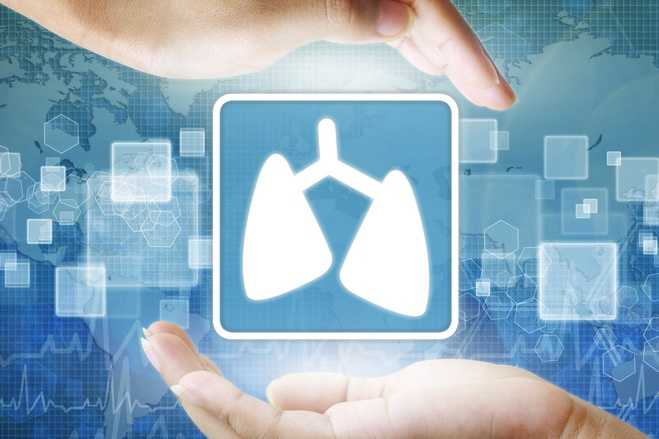Article review: Pulmonary immuno-thrombosis in COVID-19 ARDS pathogenesis

COVID-19 in Intensive Care
Many theories have been postulated around the pathogenesis of COVID-19 disease-related ARDS and have made clinicians evaluate the way we provide treatment for this patient group.
O’Donnell, Peyvandi and Martin-Loeches have summarised the key mechanisms behind the pivotal role of pulmonary immune-thrombosis in COVID-19 pathogenesis based on recent post-mortem data.
These mechanisms include:
1. Inflammation and Haemostatic Dysfunction
SARS-CoV-2 triggers an inflammatory response with an elevated level of cytokines and chemokines. With this dysregulated inflammatory response, haemostatic dysfunction has also been implicated in COVID-19 pathogenesis. Thus, these two processes cross link and promote each other.
2. Endothelial cells dysfunction
SARS-COV-2 endotheliopathy is multifactorial in aetiology, with damage mediated by pro-inflammatory cytokines, cells, complement activation and severe hypoxia. This results in activation of the extrinsic coagulation pathway and thrombin generation.
3. Platelet Activation
In addition to endotheliopathy, severe COVID-19 disease is also associated with multifactorial platelet activation through cytokines, immune complexes, thrombin generation, anti-PF4 antibodies, hypoxia and NETosis.
4. Thrombi Formation
The net effect of inflammation, haemostatic dysfunction, endotheliopathy and thrombocytopathy is the generation of platelet-fibrin rich thrombi disseminated throughout the pulmonary vasculature, including precapillary arteries, alveolar capillaries and post-capillary venules. Observations suggest these micro-thrombi have been produced locally, hetero-synchronous in nature, and more common in COVID-19 patients than those with severe influenza.
STUDY STRENGTHS & LIMITATIONS
This review highlights a probable cause of the severe V/Q mismatch and refractory ARDS seen in COVID-19 patients.
Although these postulated pathogenesis mechanisms highlight potential treatment areas, we have yet to identify a single treatment modality that reverses these processes.
Treatment options may include:
- It is reasonable that anticoagulation has an important role to play. Important questions remain regarding optimal dosage and how this may need to be altered at different stages during the course of the disease.
- Treatments targeted at reducing COVID-19 endotheliopathy like defibrotide, statins, prostacyclin and complement inhibition are also being evaluated.
- Antiplatelet therapies like aspirin, dipyridamole or P2Y12 inhibitors are under trial.
- Immunomodulatory drugs like dexamethasone or tocilizumab are being studied for their impact on immune-mediated thrombosis, which is the primary driver here. However, it is crucial to understand the science underlying SARS-COV-2 pathobiology further so that patients can be accurately stratified to their optional treatment combination.
TAKE-HOME MESSAGE
We await further evidence to try and identify optimal treatment strategies for this complex disease.
This article review was prepared and submitted by Dr Muazzam Ali, Senior Clinical Fellow in Acute Medicine, Manchester Royal Infirmary, Manchester, UK, and Dr Andrew Martin, Consultant in ICM & Anaesthesia, Manchester Royal Infirmary, Manchester, UK, on behalf of the ESICM Journal Review Club.
REFERENCE
O’Donnell J.S. et al. “Pulmonary immuno-thrombosis in COVID-19 ARDS pathogenesis.” Intensive Care Med (2021), 47:899-902.